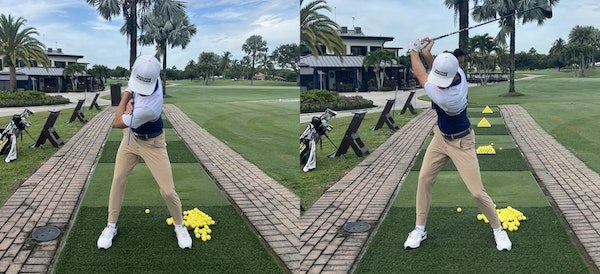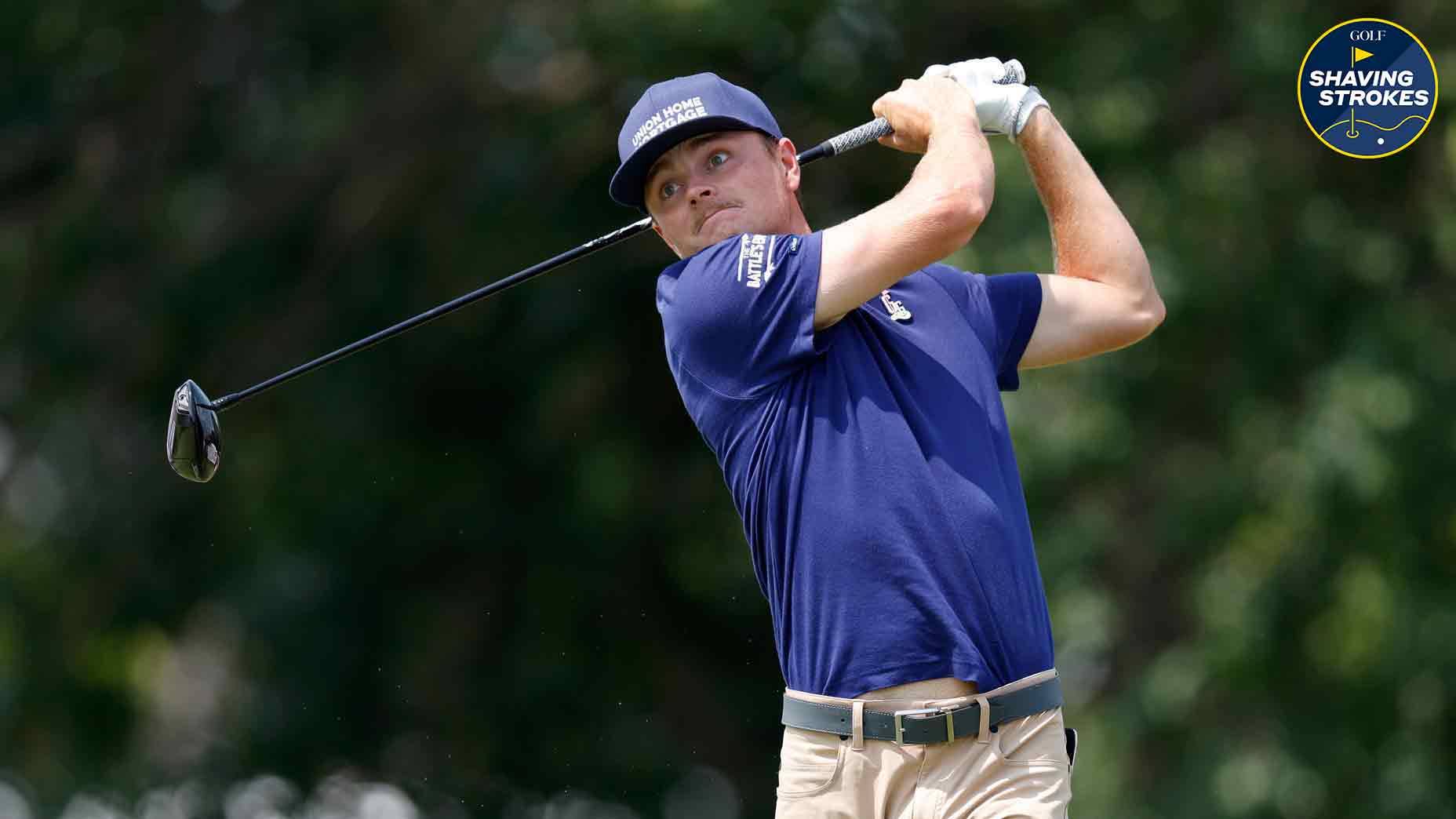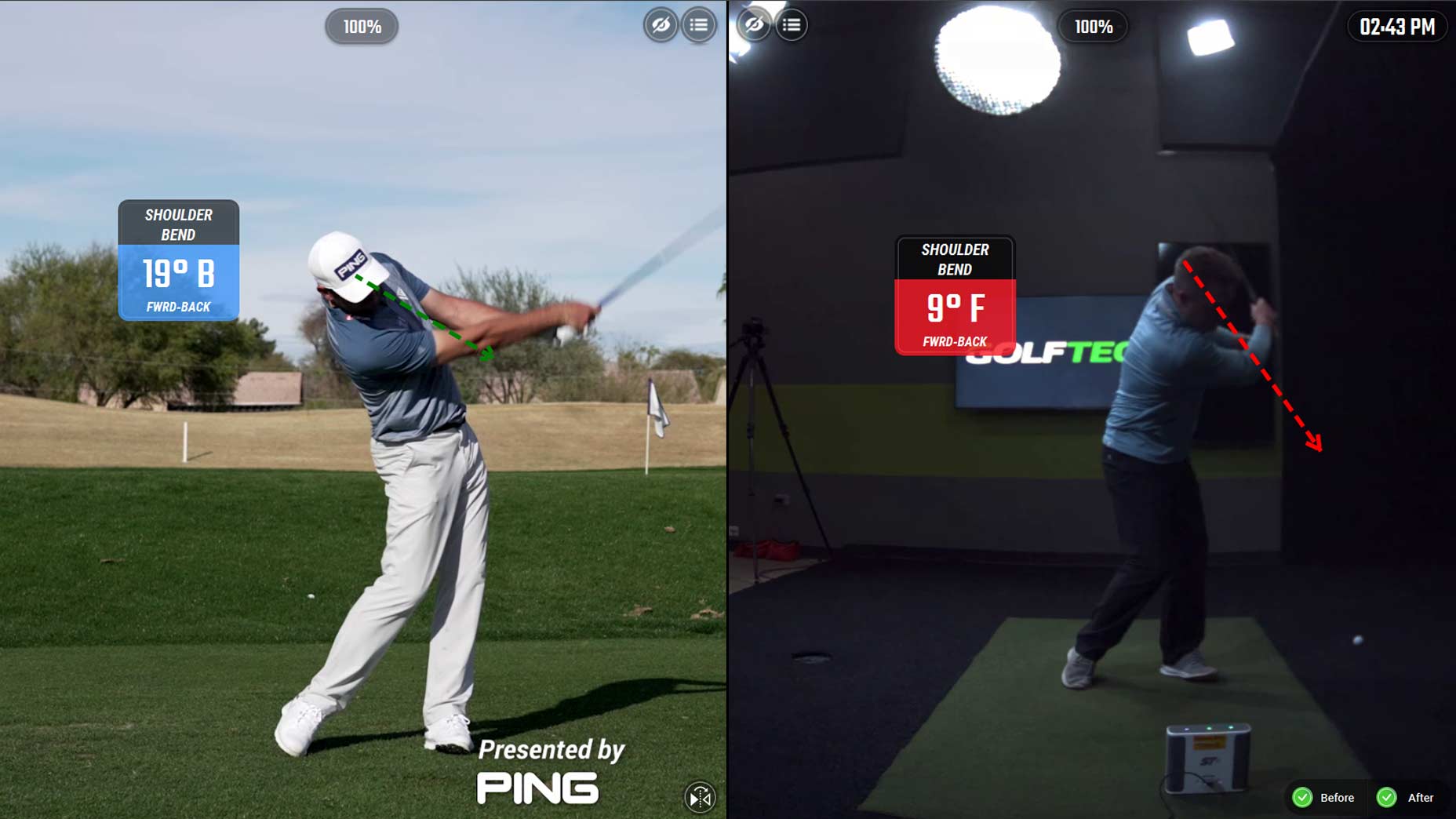Welcome to Shaving Strokes, a GOLF.com series in which we’re sharing improvements, learnings and takeaways from amateur golfers just like you — including some of the speed bumps and challenges they faced along the way.
It always amazes me when I see a golfer with a slight frame absolutely crushing the golf ball. Guys like Justin Thomas and Min Woo Lee come to mind, and both of those dudes are capable of bombing it off the tee.
Unlike some other sports, golf isn’t all about brute strength, with technique being more important in order to make solid ball contact to maximize distance.
Another player who’s quickly generating lots of attention on the PGA Tour for his play and length off the tee is Luke Clanton — a 20-year-old amateur who’s still in college.
This 20-year-old amateur has 2 refreshing words for the pro golf worldBy: Dylan Dethier
Clanton, a rising junior at FSU and currently the No. 1 amateur in the world, has flexed his muscles at a few different Tour events this summer. Not only did he earn himself a T41 finish at the U.S. Open, but he followed that performance up with back-to-back T10s — T10 at the Rocket Mortgage and T2 at the John Deere Classic.
The John Deere gave the world an appetizer course of what Clanton’s capable of, as he went nuclear during the first and final rounds, shooting a 63 in each.
While his entire game seems to be in form, Clanton’s driving has caught the eye of golf fans, with the 160-pounder averaging about 320 yards with his driver. That’s insane!
So how does Clanton do it from such a smaller frame? I asked his coach, GOLF Top 100 Teachers Alumni Jeff Leishman, who shared some secrets that can help nearly every golfer. Check out the tips below.
Try these moves for more power, says Luke Clanton
“Luke has a combination of lateral, vertical, and rotational movements that, at his size and weight, enable him to produce the most efficient power possible,” Leishman said.
For Clanton to generate as much power and distance as possible, it’s all about being in the right swing positions at the right time — something Leishman broke down in depth.
“His hips go from 48 degrees closed at the top of the backswing to 56 degrees open at impact, and his thorax goes from from 110 degrees closed at the top to 50 degrees open at impact — all in just two-tenths of a second,” Leishman adds. “That’s very fast, and that speed allows his 160-pound frame to create ball speed anywhere between 185-190 miles per hour.”
So what’s the key to all of this? Leishman provides three important aspects.
1. Start with a wide base
Doing this maximizes Clanton’s ability to put force into the ground.
For the average golfer, you can achieve this by simply widening your stance a little at address. The old reference point of “having your feet shoulder width apart” is no longer the goal, as most pros today are significantly wider than that.
2. Use a big turn (or coil) while bracing the right leg

Place an alignment rod or club across the chest and make a full turn to your trail side (as the photo above demonstrates). Your goal should be to get your pelvis to 40 degrees closed, and 80 degrees closed with your upper body — all relative to the target line.
Now do some rotational movements with the hips and chest first, then add the arms. This reduces the chance of a “fake turn,” which is really just an arm lift. When doing this rotation properly, you’ll want the stick to point down toward the ball while feeling pressure building on the inside of your trail foot.
3. Use ground force
Clanton pushes his left leg into the ground, which drives his left hip both open and up.
Here’s a good visual: Imagine standing on a bathroom scale and putting as much pressure on the lead foot to make the needle go as high as possible. There needs to be a shift of your pelvis to the lead side to create enough push-down. Remember, there’s a difference between weight shift and pressure shift.












